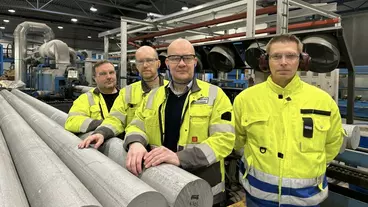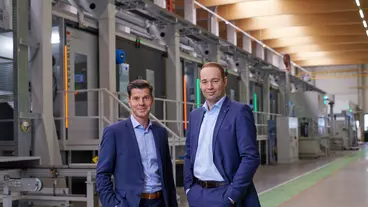Hydro now carbon neutral

In 2013 Hydro declared to strive for carbon neutrality in a life-cycle perspective by the end of 2020. Now the company posts that it has achieved the goal ahead of schedule.
Hydro has reduced its carbon footprint by a number of measures: the extensive use of renewable energy sources (hydroelectric power) for aluminium production, improved technology to reduce electricity consumption and emissions from operations, and increased recycling capacities to bring post-consumer scrap back to valuable products.
<strong>Carbon benefits from the use of aluminium products
In addition, aluminium plays an important role in reducing greenhouse gas (GHG) emissions in the use of products – what is called ‘use-phase benefits’. Aluminium in cars, buildings, packaging and many other products contribute to lower GHG emissions in the use phase. These use-phase benefits taken into account (see diagram) result in a negative GHG balance (more CO2 saved than emitted). The calculations show that in 2019, Hydro was 219,000 tonnes below the defined carbon neutrality level.
“We work hard to position our metal, our products and solutions for the future by minimizing the footprint of producing it, while maximizing the benefits of using it and bringing post-consumer scrap back into the loop,” says president and CEO Hilde Merete Aasheim.
“We defined carbon neutrality in a life-cycle perspective as a balance between emissions from production on one side, and the savings of using aluminium in the use phase on the other side. For our carbon-neutral goal, we relied on third-party verification throughout our value chain – from bauxite mining and alumina refining to primary metal production and aluminium solutions, and not least, recycling. We were careful to only include benefits that could be documented by independent life-cycle analyses,” says Hydro.
For the full report, see Hydro’s Climate Model: Carbon Neutral in a Lifecycle Perspective by 2020

Axaeon and Sunstone collaborate on a joint venture with the goal of reducing carbon emissions in primary production by changing the anode baking process.

Replacing a LPG furnace with a combination of an electric resistance furnace and an induction furnace improves energy efficiency and reduces CO2 emissions.

One of the HAI Group's declared aims is to continuously increase the sustainability of aluminium products through constant innovation.
